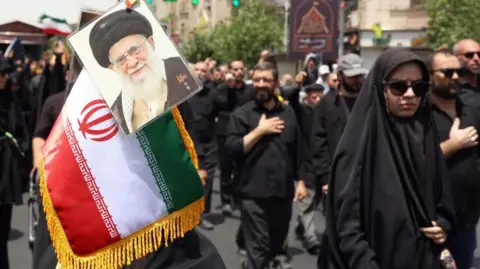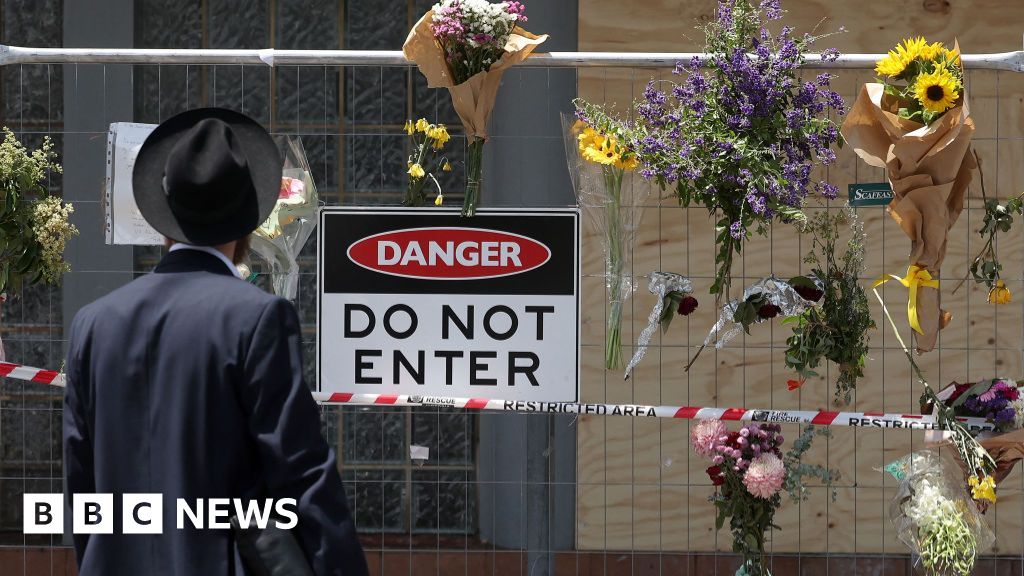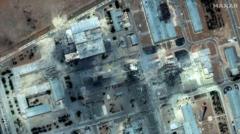Recent satellite imagery analyzed by BBC Verify has brought to light considerable damage inflicted on pivotal Iranian nuclear facilities and military locations amidst ongoing conflicts. The visuals, sourced from multiple satellite providers, expose destruction at the Natanz nuclear site and a missile base situated near Tabriz, which were among the initial targets of aerial strikes reported last Friday.
The images clearly illustrate significant damage to the pilot fuel enrichment plant and an electrical substation at Natanz. The Institute for Space and International Security (ISIS) has corroborated these findings, indicating that the facility was previously used to produce uranium enriched up to 60% U-235, critical for both energy and weapons purposes. IAEA Director Rafael Grossi stated to the UN Security Council that the prominent above-ground structures related to uranium enrichment had been obliterated.
Verified video footage released shortly after the attacks depicted plumes of smoke rising from the affected sites. Justin Bronk from the Royal United Services Institute speculated that the explosion patterns suggest the use of munitions specifically designed to penetrate fortified structures, such as the GBU-31 and GBU-28 bombs, known as "bunker busters."
Despite the visible damage, Grossi emphasized that no physical attack had been documented against the underground components of the enrichment facility. Nonetheless, the IAEA confirmed that four essential structures at the Isfahan site were also damaged, including the Uranium conversion facility, but reports indicated there was no increase in off-site radiation levels.
Parallel analysis highlighted damage to missile complexes near Tabriz, where infrastructure like weapon storage sites and silos were affected. Additional low-resolution imagery indicated fire damage in Kermanshah, with visible smoke plumes corroborating the assessments that missile bases faced significant impacts.
In a broader context, the aerial assault on these strategic sites is contributing to a volatile geopolitical climate in the Middle East, characterized by rising tensions between Israel and Iran. As the situation unfolds, the implications for regional security and nuclear proliferation remain a significant concern for international observers.





















